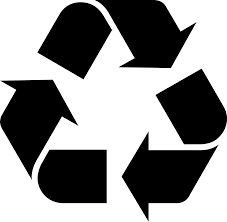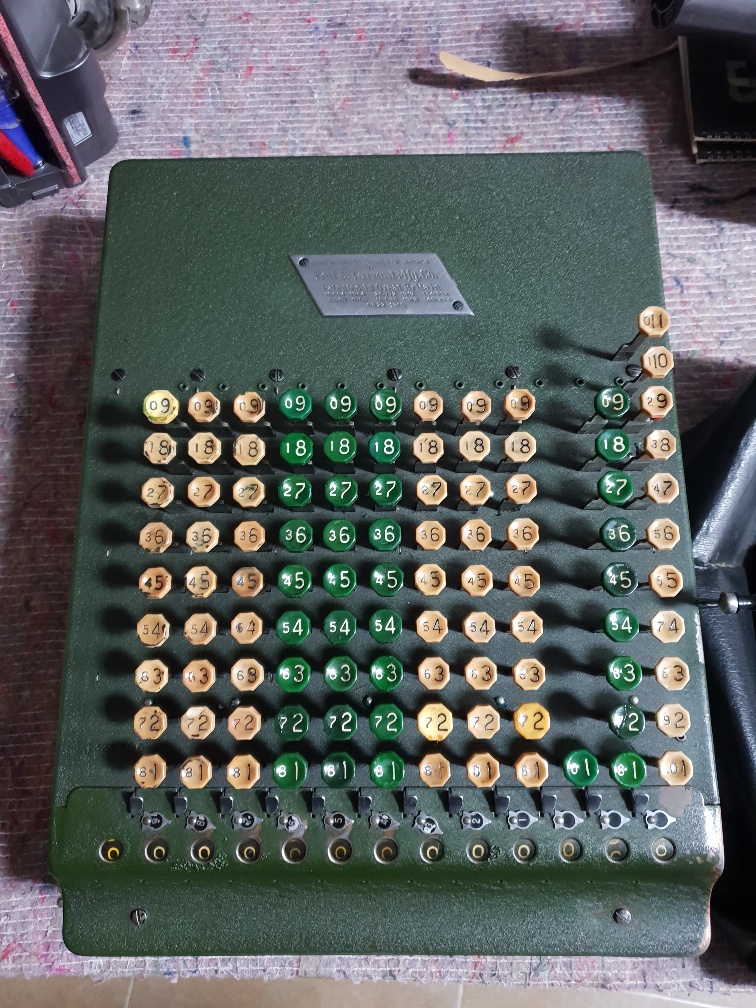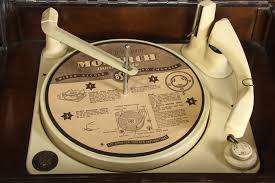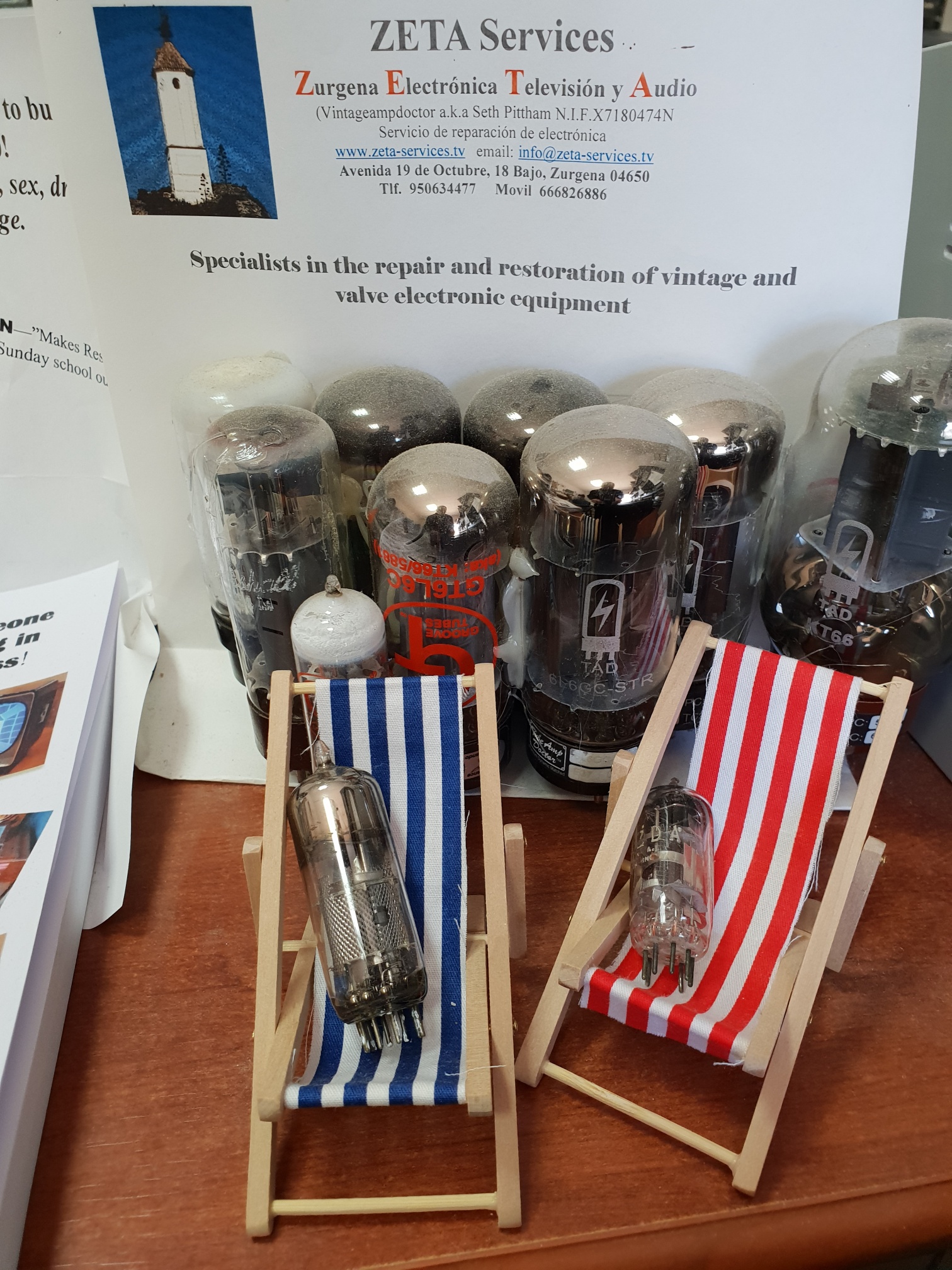Llega un momento, inevitablemente, cuando su viejo televisor finalmente va a encontrarse con su fabricante, ya sea por una enfermedad grave o por no poder repararse económicamente. In the ’50s and ’60s TV sets were not overly reliable so renting was the best option. In ’67 we saw colour TV enter the scene. These sets were initially a mix of transistors and valves, more valves. Ahora, loads of heat was developed which, as I will discuss later, is not a good thing to have! In the ’70s – ’80s, sets had become all solid state (transistors and Integrated Circuits). A large percentage of sets were made in Japan and the far east and were reliable. Buying was a more economical bet and rental shops became history.
Asi que, what to buy nowadays? Your old type TV (glass tube type) probably gave you 10 years service without fuss. Things are not quite the same present day. Asi que, here are a few things to look out for.
en primer lugar, LCD, Plasma, LED etc..
LCD technology is similar to the screen on your laptop. Una capa de cristales líquidos se intercala entre las capas de vidrio en frente de una pantalla retroiluminada. La luz proviene de pequeños tubos fluorescentes. The crystals flip open when required, letting light through.
Plasma technology is based on tiny cells, rojo, verde y azul. When energised by a high voltage, el gas en las células, very quickly turn to plasma, causing the pigment in the cell to shine.
LCD (luz de fondo LED) es similar a LCD anteriormente, but the back light comes from thousands of little LEDs. These LEDs are similar to the ones in those bright torches.
LED Technology is the latest. The screen is based on tens of thousands of tiny LEDs, rojo, verde y azul. Lo que se ve aquí, como plasma, es una fuente de luz directa.
Algunos, pros, cons and so on.
Depends on what you want the set for. Lets assume that any set bought is HD ready (higher resolution, but only if you have a HD source!).
Confiabilidad. Por la naturaleza de su forma de trabajar, TV de plasma generan más calor que los otros tipos. As I said, that’s not a good thing with electronic gear. A set could consume say, 300 vatios. 60 of which comes out the front as light, the rest heats up the front room. With LCD sets, the heat is mainly generated in the backlight tubes and the associated power supply and drive systems. Los conjuntos consumen menos energía y por lo tanto generan menos calor. LCD (luz de fondo LED) conjuntos utilizan menos energía todavía. juegos de LED son probablemente el más eficiente y el calor es mínimo. Asi que, desde mi experiencia y el sentimiento general de la industria; LCD es probablemente más fiable que plasma, LED being new technology, not enough data as yet.
What to buy. If you want a smallish (less that 32″ decir) TV for the kids, bedroom, games and so on, then a LCD set is probably wise from a cost point of view. For a main living room, where you are looking at a 42″ or more, then a plasma may be best. LED would be equally as good, but you will need a slightly larger wallet..
Calidad de imagen
One thing to look for when buying a flat screen set, is how it deals with a high speed motion picture or images. La imagen que se ve ha sido masivamente procesada digitalmente. Una marca de calidad del conjunto es la velocidad a la que todos los datos se pueden manejar. Conseguirse un DVD de algunas escenas de acción rápida. Las cascadas son grandes probadores. Si la imagen es todo juddery, puede que le resulte molesto. Some sets have a built in test image for sales reasons. They invariable are stationary or slow motion. me pregunto porque?!
Algunas cosas en que pensar!
1. If the set is for games, best get a LCD or LED (if you can afford it). Plasma screens can be susceptible to screen burns, where a still bright image stays on the screen in the same place. LCD and LED will not suffer this.
2. Make sure that you leave ventilation around the set. No lo coloque con la espalda frente a una ventana donde entra el sol. Eso puede añadir 30 degrees to the working temperature. Don’t mount it above a hot fireplace.
3. Garantía. Make sure you know exactly what the warranty consists of, how long it runs and what happens when the set packs up. Do you have to take it to a repair agent (kilómetros de distancia), does a man in a van come out… Make sure it’s written down! Conservar la factura! I have no hidden agenda in recommending suppliers. I have to be totally unbiased. Suppliers such as Hiper Ocio in Albox have excellent prices and, a warranty and personal service which takes the pain away when buying.
4. Vale la pena utilizar un UPS (fuente de poder ininterrumpible) in the mains supply. La calificación de la UPS dependerá del tamaño de TV y o el número de aparato conectado a él. Póngase en contacto conmigo para consultas si lo desea. This will prevent mains disturbances damaging the set.
5. When transporting Plasma sets, always keep them upright. No ponerlos en la mesa en sus pantallas o la espalda.
6. Como guía aproximada, un LCD o de plasma, de media, tiende a correr por alrededor 3-4 años, antes de tener que asistir a un fallo. Es posible que desee considerar ese factor en.
7. En la compra de un conjunto, si va a ser su principal conjunto, obtener un nombre de marca. Panasonic, Philips, Pioneer if you have some extra cash, would be worth considering. Having said Philips, I have heard that they are pulling of of the TV market. LG spares are probably more widely available. Muchos conjuntos utilizan chasis LG, badged como diferentes nombres. No estoy diciendo marcas de supermercado son de mala calidad. Para un segundo conjunto bajo uso, que estaría bien. Algunos de estos conjuntos utilizan partes internas realizadas por grandes fabricantes tales omo Vestel y son una buena relación. sin embargo, Tú nunca puedes estar seguro. De nuevo, la compra de estas grandes cadenas, comprobar los términos de la garantía.
Asi que, I hope the above helps. If you want any help, always give me a call or drop me line.








